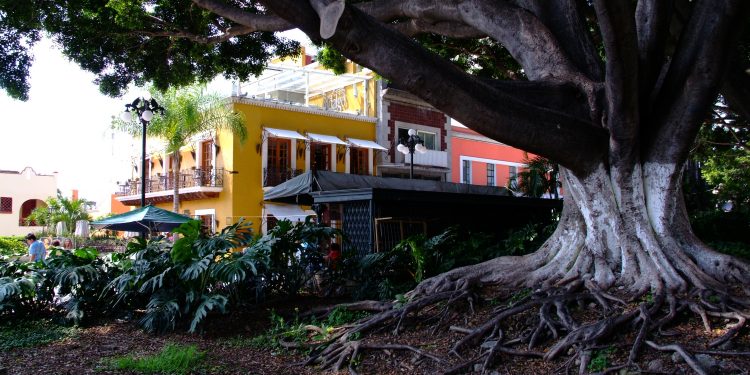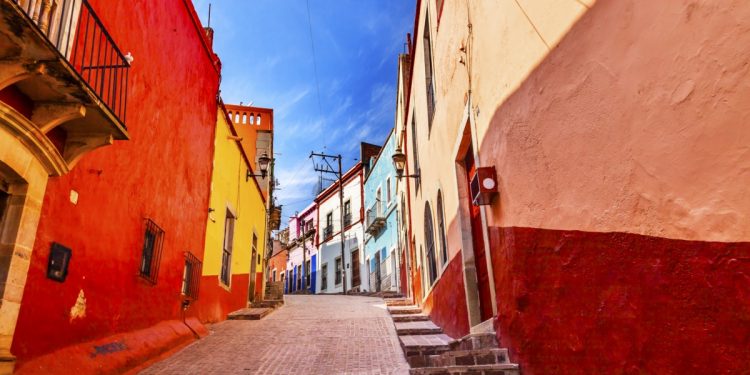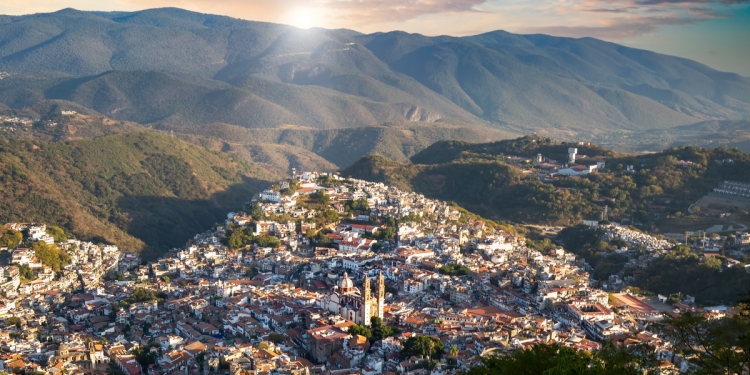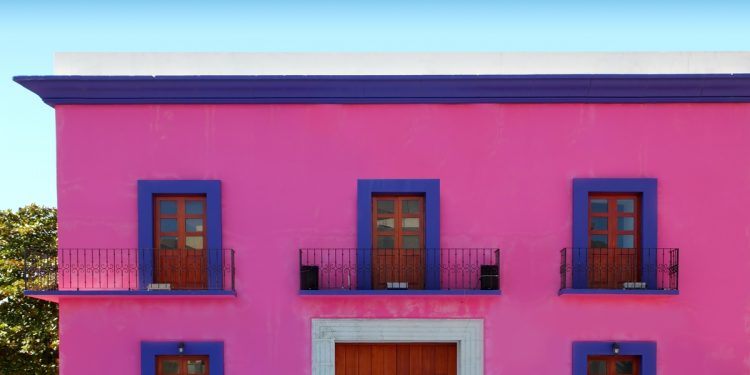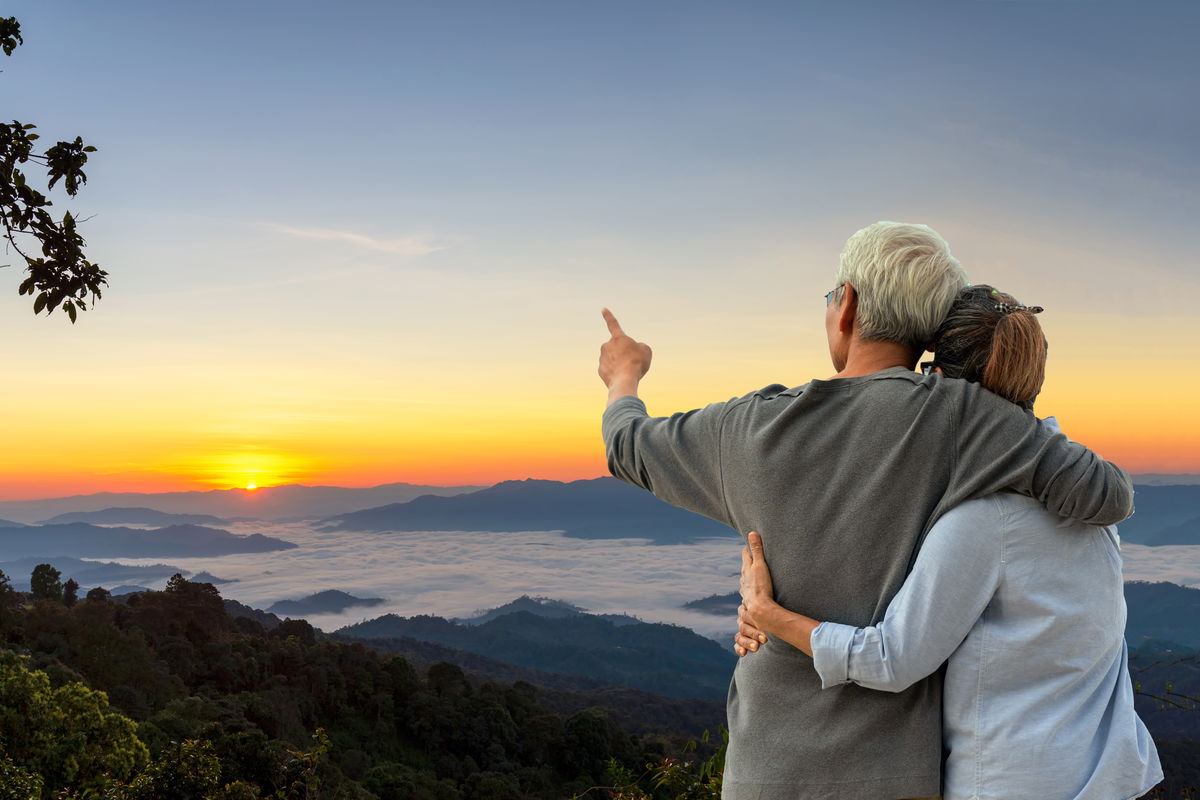Research and assess Cuernavaca as a location for living, working, or retirement in Mexico
Living in Cuernavaca
Located fifty-six miles southeast of Mexico City, Cuernavaca is a colonial city that dates back to at least 1200 AD, when the settlement was an important agricultural and artisan center. Following its conquest by the Aztecs and later by the Spanish, the city continued to be an ongoing agricultural concern and also became a popular get-away location for wealthy Spaniards living in the capital.
Today, over four centuries later, Cuernavaca continues to be frequented by middle and upper-class chilangos at weekends and holidays, and is a location of choice for many wealthy Mexicans that own homes in the provinces.
Mexicans and foreigners alike are attracted to Cuernavaca. They are drawn here by three key attributes that make the location ideal for living and retirement: its proximity to Mexico City, its year-round temperate climate, and its abundance of modern services and amenities.
Cuernavaca’s altitude, at just over 5,000 feet above sea level, bequeaths the city a mild, year-round, temperate climate with a very comfortable annual average of temperature of 70F/21C. Air-conditioning is not required here and, as electricity is the most expensive utility in Mexico, this can translate into significant annual energy savings.
The climate also nourishes a lush landscape that during the rainy season bursts into life and giving the entire region an eye-catching backdrop of flora and fauna.
Cuernavaca At-a-Glance:
Location Type
Population
~370,000 (Source)
Altitude
5,000 feet above sea-level
Time Zone
High/Low Temperatures
88F/31C (Daytime, Summer),
53F/11C (Nocturnal, Winter) . Year-Round Average 70F/21C.
Rainy Season?
Cuernavaca’s rainy season runs from May to October each year, with tropical downpours happening on occasions
Hurricanes?
Cuernavaca is inland and not affected by hurricanes
Local Economy:
Tourism, Commerce, Light manufacturing including such as printing, framing, ceramics, garment-making, and the production of cleaning supplies; Horticulture (flowers) and bee-keeping; Research institutes; Language schools and centers of higher learning
Expat Penetration
Low*
Cost of Living
Lower*
Travel Guide
Safety in Cuernavaca
*Relative to other foreign expat communities in Mexico
Art and education
For decades now, Cuernavaca has been a popular city for students and artists. The city is one of Mexico’s principal ‘centers of learning’, boasting more than seventeen universities (including extensions of the National Autonomous University of Mexico and a provincial campus of the elite Tecnologico de Monterrey) as well as over fifty language schools. Cuernavaca is considered to be one of the best locations in Mexico to study Spanish as a foreign language.
Popular with visitors and expatriates
The city of Cuernavaca and environs is an important tourist area in Mexico, one particularly well-known for its up-scale and boutique hotels and, notably, destination spas, some of which have attained world-class status.
Cuernavaca also has one of the largest concentrations of expats living in Mexico. Again, its proximity to the capital may be credited with the reason why so many expats come to live here — especially those who rely upon commercial connections in Mexico, or who have simply fallen in love with the capital and enjoy being close to it (if not living there, proper). Due to this cluster of foreigners which have relocated to Cuernavaca over the years, the expat community is extremely well-served by a network of English-speaking doctors, real-estate agents, and service businesses.
Colonial center
Much of the city center’s colonial charm has been compromised of late lack of necessary maintenance, heavy street traffic, and urban eyesores like graffiti. None of this is is un-fixable, nor is it a reason to avoid Cuernavaca: the matter of repair and restoration will probably be addressed in due course, as Mexico City’s decaying historical center was restored when it had fallen into significant disrepair.
The lion share of colonial-era elegance and charm in Cuernavaca has always been hidden away from public view. Behind some of the tall walls are beautiful gardens and residences owned by wealthy local families, politicians and celebrities: houses and estates which host some marvelous scenes of colonial-era gardens and architecture. Notwithstanding this, some of these historical properties have been converted into fine hotels, restaurants, and spas, offering the public an insight into the botanical and architectural marvels of that bygone era.
Population and real estate
The devastating earthquake that struck Mexico City in 1985 had a profound demographic effect on various provincial cities, as people — by choice or by force — relocated to colonial cities away from the capital. The city of Cuernavaca was one that swelled in population in the months and years following the earthquake.
Housing developments proliferated, and the rural areas around the city were transformed into urban landscapes filled with houses, gated communities and commercial and retail centers. The influx of people, and the accommodation demand that they have created, has brought about a local realty market offering a wide array of real estate choices for buyers and renters.
Lifestyle services and amenities
As more people have arrived to live here, services like clinics and hospitals, supermarkets, shopping malls and leisure facilities have opened their doors to fulfill the increasing demand.
Cuernavaca also features several city-based and regional attractions which provide visitors and residents with plenty of options for entertainment and leisure activities.
The city is host to a number of annual events and festivals each year, and there is often something happening at one of the downtown plazas on most weekends.
Cuernavaca is renowned for its many fine restaurants offering Mexican and international cuisine; some of these restaurants are housed inside old colonial residences and haciendas, offering good food surrounded by attractive gardens and colonial atmosphere.
There are number of ‘green areas’ to retreat to inside the city, including the San Anton waterfall, La Borda city gardens, and Chapultepec ecological park that features springs, picnic areas and a small zoo. Within a five mile drive of Cuernavaca’s city limits you can enjoy hiking trails, horseback riding, crystal-clear springs and lagoons for swimming, boating and fresh water fishing, and camping. You’ll also find a number of excellent spas with top-class facilities and staff.
Cuernavaca is also surrounded by a number of smaller towns and villages, each offering a unique character and many offering good quality food and artisan markets and stores. Tepoztlán is one such local town, just eleven miles away, within easy reach of Cuernavaca.
Comfortable climate, modern amenities
Mexicans and foreigners are attracted to Cuernavaca’s temperate climate, but also its central location close to the capital, and a reputation for being a relaxed and laid-back provincial community that also offers modern services and amenities which support a modern, and comfortable lifestyle.
Cuernavaca is not Mexico’s most picturesque nor most quaint colonial city. But for those who want to live in an authentic Mexican city with a temperate climate, perfectly located to explore the rich history and heritage of southern colonial Mexico, offering an extensive range of modern-day services and amenities, or want to (or have to) be close to Mexico City without living in the capital proper, Cuernavaca needs to be on the short list of locations for serious consideration.
Cost of living in Cuernavaca
The cost of living in Mexico is typically lower in Mexico than it is the USA, Canada and Western Europe, although precise costs depend upon where you live and your lifestyle choices.
Cost of living guide
To learn more about the cost of living in Mexico, connect to the Mexico Cost of Living page on Mexperience.
Regional and geographical cost variations do exist, and this part of the guide shows you how some goods and services in Cuernavaca vary from the average.
See also:
Banks, Banking and Credit in Mexico | Money in Mexico
Blog articles:
Real estate in Cuernavaca
Information about the real estate market in Cuernavaca
Real estate market in Cuernavaca
Prices of realty in Cuernavaca have risen over the last decade, although prices here remain tempered in comparison to Mexico City and also the nearby popular expat enclave of Tepoztlán. Cuernavaca’s proximity to the capital means that this is a primary ‘short list’ location for people who want to relocate away from Mexico City. Cuernavaca also remains a popular destination for foreign residents, but less so than it was in the 1960s and 1970s and the expat population here is not as concentrated as it has become in places like San Miguel Allende, Chapala/Ajijic and Puerto Vallarta.
Cuernavaca’s realty market is diverse. Most expatriates on limited budgets seek to find a comfortable casita with some outdoor living space to take advantage of the near-perfect climate here; those with higher budgets may consider a luxury condominium in a gated community that may include facilities like a gym and swimming pool; or a private residence with its own grounds and gardens. At the top-end of the market, luxury residences, estates and colonial villas (or haciendas) are also available here.
Prices for real estate in Cuernavaca have atoned with the advent of the financial credit crunch that started in 1997 and some drug-related violence which flared up in the mid 2000s and has abated since. Sale prices continue to hold for certain types of desirable properties, but discounts may be found in other sectors of the market and rents remain excellent value here.
Most real estate is sold through local realty agents who know the area and the surrounding region, as well as directly through the developers marketing major realty projects (usually condos).
The central historical area — and especially the edges of same — exhibits a significant number of buildings in various states of disrepair and may provide a investment for people who want to create their home by means of a colonial restoration project. Such an investment would have to be viewed as a long-term proposition and there is no guarantee that the local authorities will invest any capital in restoring the central area of the city. Contacting a local realty agent is the best way of finding out what the status of an old (ruined) building may be, and to negotiate the sale if the owner is open to offers.
Rentals market in Cuernavaca
Cuernavaca has a very buoyant and dynamic rental market. Most luxury homes are vacation rentals; rented by the week or week-end. Longer term accommodations may be sought as well, and some people who only live in Cuernavaca part-time will rent their homes out during the period of their absence. Rental properties in Cuernavaca are offered either through local realty agents or by individual property owners listing properties on the internet or local newspapers and magazines as well as signs posted at restaurants, cafés, and bars near the vicinity where the rentals are situated. Some property developers rent out their units or rent out units on behalf of owners: check with local developers or a local realty agent for details and further information. Real our guide to renting property in Mexico for information and tips about renting property here.
See also:
Guide to Real Estate in Mexico | Home Maintenance | Home Security
Healthcare in Cuernavaca
In addition to Mexico’s state sponsored healthcare provided via the country’s national health service IMSS, good quality healthcare services offered through private clinics with US -standard healthcare services exist in Cuernavaca. The privately-run out patient clinics available locally are ideal for day-to-day ailments, sprains, broken bones and other health matters which would normally be diagnosed and treated by a General Practitioner of medicine.
See Also:
Health and Healthcare in Mexico | Travel Health in Mexico
Local climate in Cuernavaca
Alexander von Humboldt, a 19th Century naturalist, once described Cuernavaca as “The land of eternal spring,” and since then, this phrase has been used extensively to market the city’s temperate climate. While the climate is generally agreeable, temperatures in Cuernavaca can soar in the late spring and early summer months, and days can feel quite hot and aggressive, especially so in April and May, before the rainy season begins properly. Most of the year, the climate is warm and temperate, and air-conditioning is not needed nor recommended. For hotter days, a fan-cooling system, or access to a swimming pool, will suffice for most people.
Winter climate:
December thru February are the cools and driest months. Temperatures range from highs between 75F/23C to 80F/26C and lows of between 50F/10C and 60F/15C.
Spring climate:
Temperatures begin to rise in March, and April and May are the hottest months, due to the heat and dryness. Highs can exceed 90F/32C and lows range from 65F/18C to 75F/23C.
Summer climate:
The rains will begin to fall around late May (or early June, depending on the year). June, July, and August offer pleasantly warm days cooled down by near-daily monsoon rains, which tend to arrive late afternoon or overnight, afterwards leaving the climate cooled but dry. Highs reach 75F/23C to 85F/29C and lows dip to a range of 65F/18C to 70F/20C.
Autumn climate:
Autumn starts in September, although the rains will linger through October. Temperatures moderate and, even after the rainy season ends (which is usually by no later than the end of October), temperatures will continue to feel spring-like with highs of 75F/23C to 80F/26C and lows of between 55F/12C and 65F/18C.
Rainy ceason:
Cuernavaca’s rainy season runs from May to October, with most of the rain falling in July and August. Torrential afternoon rains may be experienced several days a week and, in the peak temperature months of July, August and September heavy thunderstorms may feature, too.
Hurricanes:
Cuernavaca is an inland colonial city not directly affected by hurricanes. If hurricanes land on the Pacific coast near Acapulco (less than 190 miles away by road), inclement weather may be experienced inland, including in and around Cuernavaca.
See also:
Weather and Climates in Mexico
Practical information about living in Cuernavaca
This section contains links to guides where you can learn more about living in Cuernavaca.
Accessibility / Transport
Getting Around
Transportation choices in Mexico
Communications
Staying in contact while living in Mexico
Money and Banking
Guide to Money in Mexico | Banks & Banking in Mexico
Practical Matters
Practical Information (Travel Guide)
Auto Insurance in Mexico
How to insure your foreign-plated car in Mexico
Safety in Mexico
Key Attractions
Mexico in your inbox
Our free newsletter about Mexico brings you a monthly round-up of recently published stories and opportunities, as well as gems from our archives.

